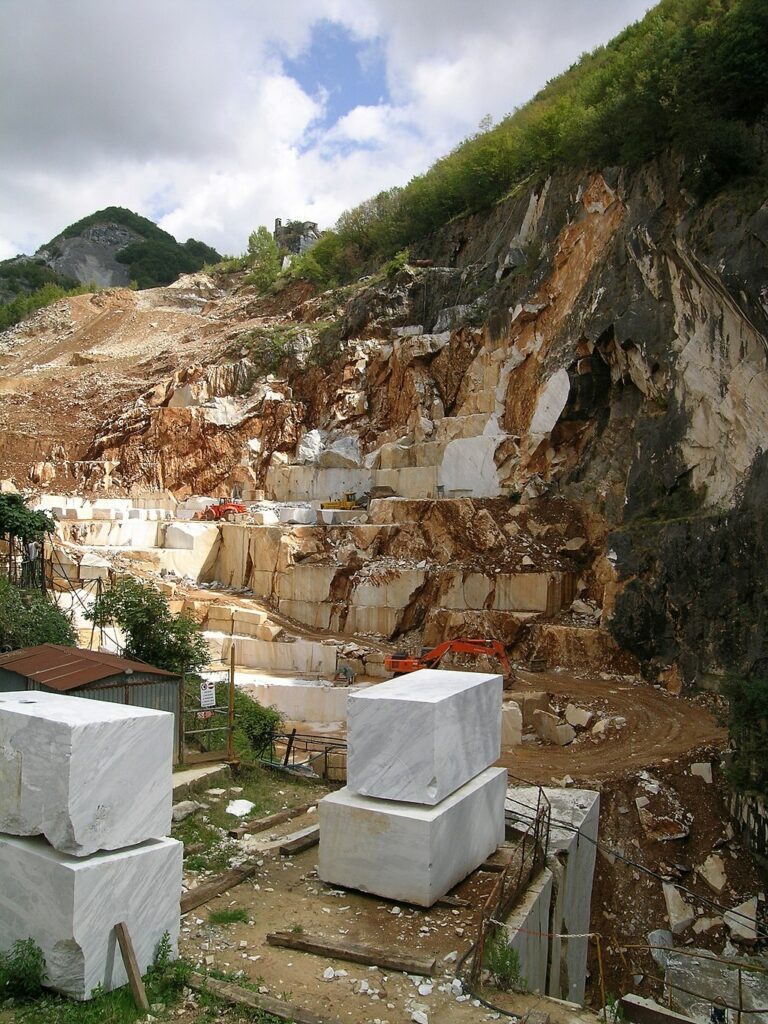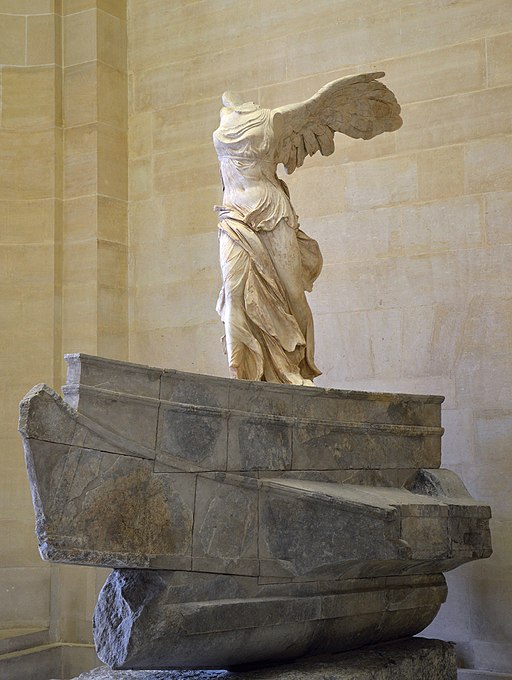Natural stone has been used for centuries in construction and design, but did you know that it has some surprising properties and uses? From its ability to improve indoor air quality to its role in ancient mythology, here are five amazing facts about natural stone that you may not have known.
Each Type of Natural Stone has Unique Properties
Natural stone is not a one-size-fits-all material. Each type of stone, whether it be granite, marble, or quartzite, has its own unique properties that make it suitable for different applications. For example, granite is known for its durability and resistance to heat, making it a popular choice for kitchen countertops. On the other hand, marble is prized for its elegant appearance and is often used in high-end architectural projects (see below about the New York Public Library). Understanding the properties of each type of natural stone can help you choose the right material for your project.
- Shade Variation – Shade variation occurs in all natural stone
- Fissures – A fissure is an an extensive crack, break, or fracture in the rock which may contain mineral-bearing material. Fissures occur naturally in many types of stone.
- Cracks – Cracks may occur in stones as a result of mechanically induced stress during handling such as transport, fabrication, or installation. Cracks can be repaired. In many cases, the repaired area is as strong as or stronger than the surrounding area due to the strength of the epoxy bond used in the repair.
Natural Stone is Environmentally Friendly
Indoor Air Quality (IAQ) is affected by construction materials such as carpeting, flooring, paint and more. IAQ refers to the air quality within and around buildings and structures, especially as it relates to the health and comfort of building occupants. Understanding and controlling common pollutants indoors can help reduce risk of indoor health concerns. Health effects from indoor air pollutants may be experienced soon after exposure or, possibly, years later.
In comparison to carpet and manufactured wood flooring, natural stone such as marble is a better choice for those concerned about IAQ.
- Natural stones are the only cladding materials that don’t emit gases.
- They are fire-proof, so they don’t release any toxic fumes when burned.
- If natural stone is used on the exterior walls, they stay drier.
- When natural stone is used in walls, there is no concern about inhaling hydrocarbons.
- Natural stone limits the amount of outside air infiltrating the building and provides better control for HVAC systems.
- When natural stone is used for flooring, carpet —which is a major source of allergens— can be avoided.
Natural stone is a sustainable and environmentally friendly material. It is a natural resource that is extracted from the earth and does not require any synthetic materials or chemicals to be produced. Additionally, natural stone is durable and long-lasting, which means it does not need to be replaced as often as other materials (especially carpet). This, therefore, reduces the amount of waste that ends up in landfills and helps to conserve natural resources.
Natural Stone is Formed Over Hundreds of Thousands of Years
Natural stone is not just a beautiful material, it is also incredibly fascinating. It is formed over hundreds of thousands of years through a process of heat and pressure deep within the earth’s crust. This process creates unique patterns and colors in each piece of stone, making it truly one-of-a-kind. The types of stones created depend on the combination of different minerals in that location during formation.
Natural stone can come from just about anywhere in the world and some are more widely sought after than others. The type of stone is determined by its origins. There are several quarries in America, Mexico, Canada, Italy, Turkey, Australia, and Brazil.
Marble, in particular, can be found all over the world. The four countries where marble is most prevalent are Italy, Spain, India, and China. The most prestigious white marble comes from Carrara, Italy. This marble was used by Michelangelo, Canova, and Donatello for their well known sculptures.

Natural Stone and Greek Mythology
Some of the most well known statues of Greek mythology were carved in marble.
The Winged Nike of Samothrace is a parian marble Hellenistic sculpture of Nike, the goddess of victory, created in the 2nd century BC. Parian marble is a fine-grained semi translucent pure-white and entirely flawless marble quarried during the classical era on the Greek island of Paros in the Aegean Sea.
Hermes and the Infant Dionysus is an ancient marble sculpture of the god discovered in 1877 in the ruins of the Temple of Hera, in Olympia. It dates back to the 4th century BC.


The New York Public Library and Marble
One of our favorite amazing facts about natural stone is the story of the New York Public Library at 476 5th Ave dating back to the late 1800’s.
The site chosen for the home of the new public library was the Croton Reservoir. The reservoir was a popular strolling place that occupied a two-block section of Fifth Avenue between 40th and 42nd Streets.
Following an open competition among the city’s prominent architects of the time, the relatively unknown firm of Carrère & Hastings was selected to design and construct the new New York public library. The result was the largest marble structure ever attempted in the United States. Before construction could begin, however, some 500 workers had to spend two years dismantling the reservoir and preparing the site. The cornerstone was finally laid in place on November 10, 1902.

The library is still one of the most iconic buildings in the city. And, it is made almost entirely of marble. In fact, over 530,000 cubic feet of marble was used in the construction of the library. It took more than 16 years to complete. We think that belongs in the book of amazing facts about natural stone.
The marble used in the library is a type of white marble called Vermont marble. Vermont marble is known for its durability and beauty. The library’s marble façade has been carefully maintained over the years, ensuring that it remains a stunning example of natural stone architecture.
TO LEARN MORE:
To learn more about natural stone, or the Stone Central team, visit our website at StoneCentralSC.com

